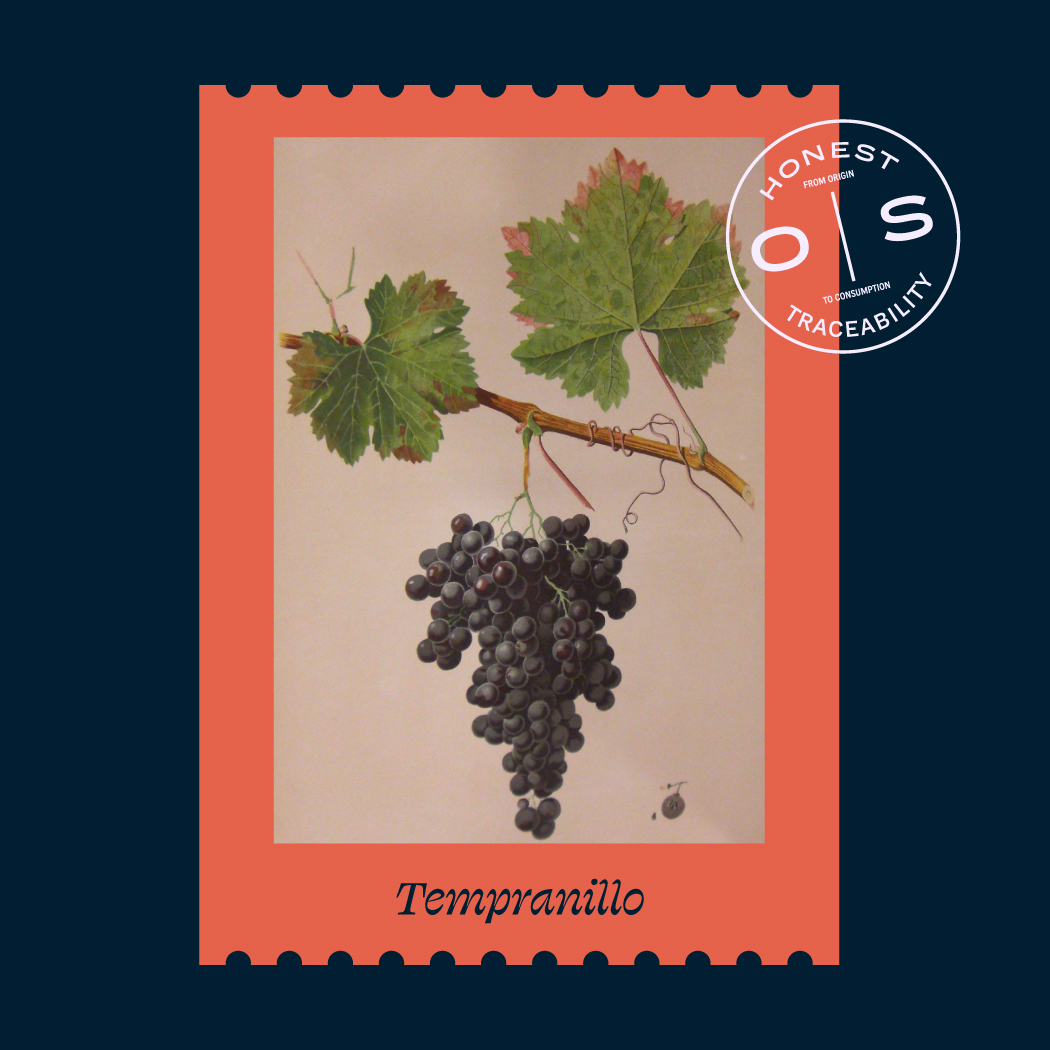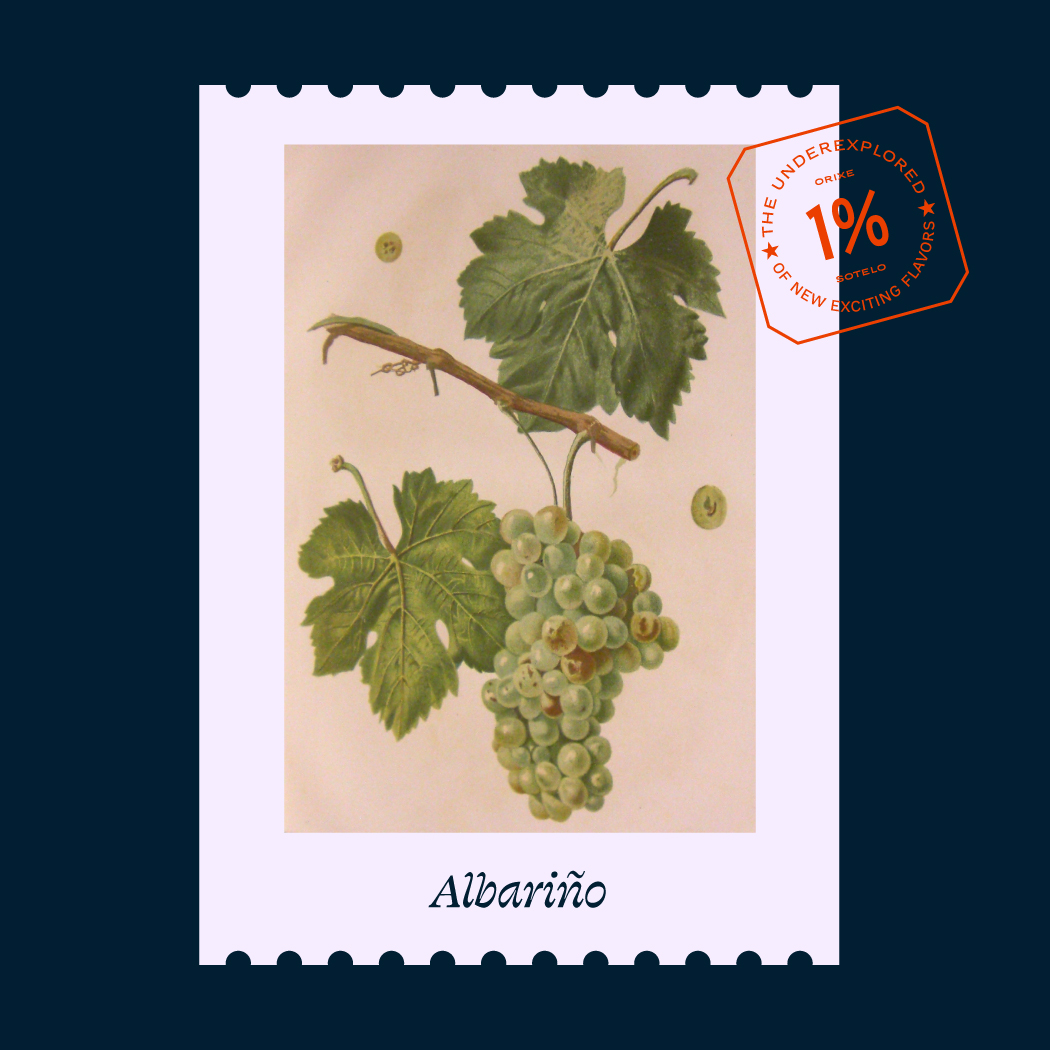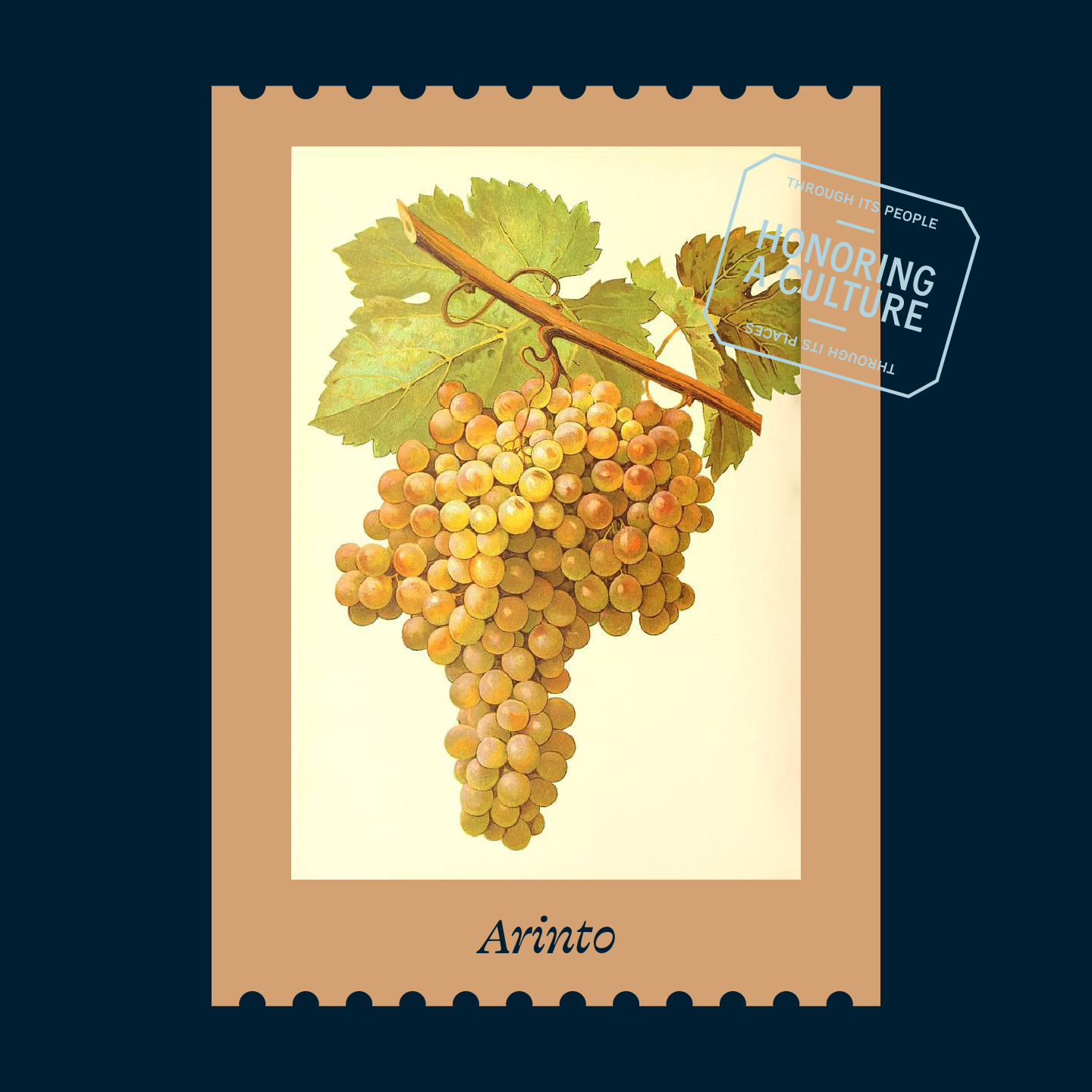grapes

Tempranillo
Tempranillo is a red grape native to Spain and widely considered the country's most noble variety.
Tempranillo grows best at relatively high elevations, but it also can tolerate a much warmer climate. The name Tempranillo is the diminutive of the Spanish term temprano ("early"), a reference to the fact that it ripens considerably earlier than most Spanish red grapes. It is the main cultivar used to make the medium to full bodied red-wines of Rioja & Ribera del Duero. Tempranillo is also known as Tinto Fino, Tinta Roriz, Tinta de Toro, Aragonez, among other synonyms.

Albariño
Albariño is an aromatic white grape variety native to Galicia in northwest Spain. The name Albariño is derived from the word albor meaning "white."
Albariño is typically planted in pergola systems. The cultural significance for the use of the pergola was to allow small landowners to grow other crops underneath the grapevine and make more efficient use of their farmland. Albariño clusters are small as are the berries which have particularly thick skins. The thickness of the skins and its high phenolic content, results in wines with a distinct citrus-pith texture to them. While the Rias Baixas DO in Spain mostly produces single varietal Albariño, the regions of Ribeiro and Valdeorras are known for its mixed white blends using other varieties such as Godello and Treixadura to blend in with the Albariño.

Godello
Godello is native to Galicia as well as northern Portugal where it is known as Gouveio.
The Spanish dictatorship by Franciso Franco from 1939 to 1975 largely hurt the Spanish wine industry. Coming out of the dictatorship, there was a renaissance in Spain. The new young guard has been reconstituting old vineyards and old native varieties, that the industry as a whole had largely forgotten. Godello is one of the native grapes from Galicia that has been undergoing a rediscovery period. Godello is the variety that several regions in Galicia are hanging their hat on, including places like Valdeorras, Ribeira Sacra, and Monterrei. Godello can be made in a style that is lean and vibrant, but it can also be sculpted to make wines of great density and texture.

Garnacha
In Spain, Garnacha is the second most widely planted variety, behind Tempranillo. It is most notably recognized in the Priorat region.
After the devastating impact of the phylloxera outbreak in the late 1800’s, Garnacha helped bring Spain’s wine economy back on its feet in the 20th century. It became widely planted throughout the country as it was a very cost-effective varietal - Garnacha tends to crop generously and provide higher yields. It also thrives in hot and arid climates, which accentuates the sweeter, more fruit forward characteristics of the variety. In northern Spain, it is widely planted in Rioja and Navarra regions and typically serves in blends as the second in command to Tempranillo. In Rioja, the signature addition of Garnacha to a blend, is that it brings out the fleshiness and rounded red fruit notes. In Navarra, Garnacha is typically used to produce lighter, paler wines called “Rosados”– since its thin skins make it a great contender for producing rosé. For Orixe Sotelo, we have been blending our Garnacha and Tempranillo fruit to make an age worthy rosé called ‘Rosé en Flor’.

Arinto
Arinto is a white grape variety native to the northwestern Atlantic coastline of the Iberian peninsula.
While Arinto is most widely planted in Portugal’s Vinho Verde winegrowing regions, it can also be found in Spain in the Ribeiro and Valdeorras DOC’s of Galicia. Arinto is also known as Arinto de Bucelas, Pedernã, Arinto do Douro, or Asal Galego, just to name a few. It is well suited to the warm coastal mountains of Portugal and Galicia. It can maintain its bright acidity and its thick skins tolerate humidity and hot climates. The grape is known for providing citrus fruit aromas and flavors and its high acidity also makes it a terrific candidate for sparkling wine, or slightly effervescent wines such as the Spanish Txakolis or the Portuguese Vinho Verdes.
